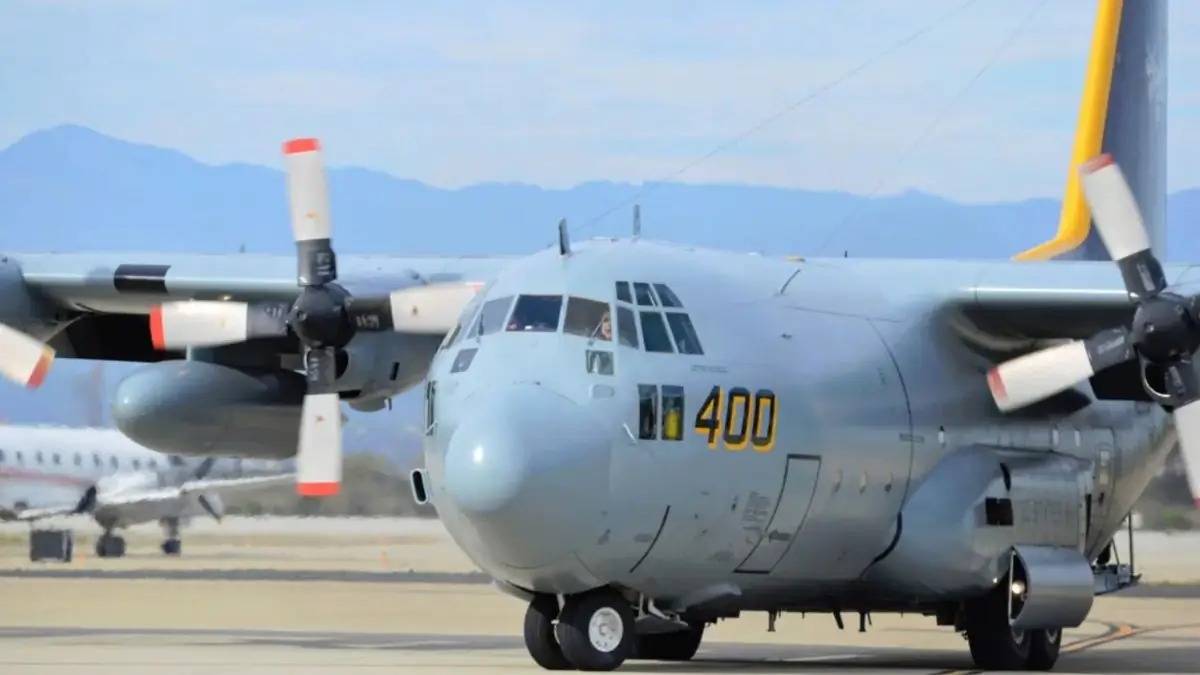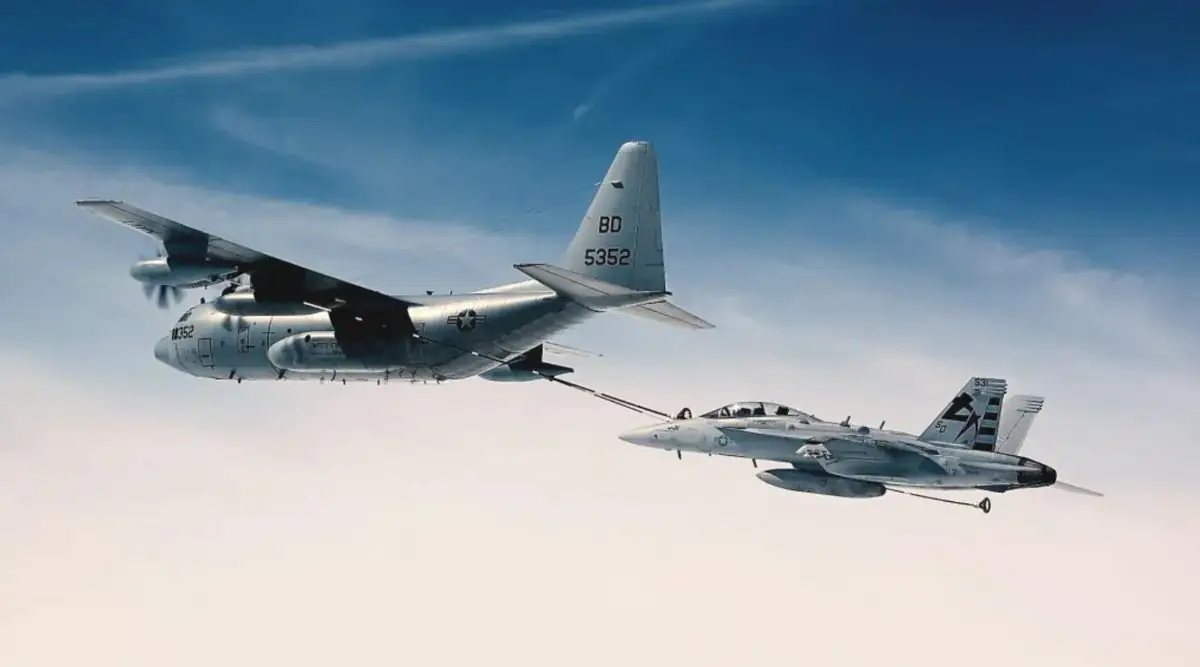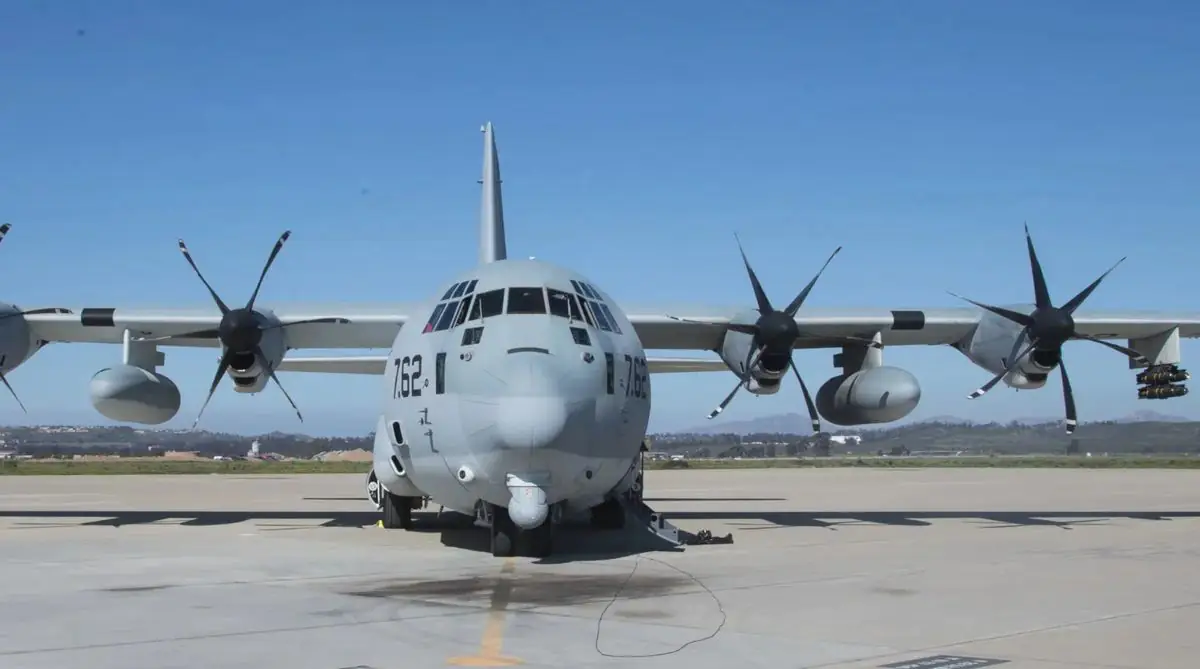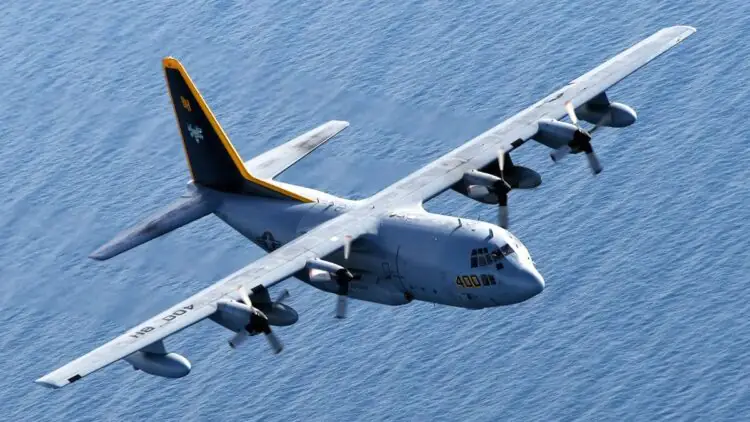The U.S. Navy’s KC-130T Hercules transport aircraft, part of the VX-30 Air Test and Evaluation Squadron, have been equipped with Starlink satellite connectivity. This upgrade will assist in missile and other testing operations in the Pacific Ocean. Additionally, the integration of Starlink into the KC-130T highlights the importance of satellite communication services, including Starshield, a more secure variant designed for government use.
The Naval Air Systems Command (NAVAIR) confirmed that one KC-130T aircraft received a Starlink communications prototype last year. A second aircraft assigned to VX-30 is expected to receive Starlink support by the summer. However, NAVAIR currently does not plan to integrate SpaceX’s communication system into KC-130T aircraft assigned to the VX-20 Air Test and Evaluation Squadron.

“A KC-130T has been modified with Starlink equipment to transmit communications and data beyond line of sight, providing mobile infrastructure for operations at the Point Mugu Sea Range,” stated a NAVAIR representative.
The range is located in the Pacific Ocean off the coast of Southern California. It is used for a variety of research and development, testing, training, and evaluation activities, as well as real-world missile testing. In particular, the military frequently tests new hypersonic missiles here.
Just last week, it was reported that a modified BQM-34 target drone was used to launch a test sample of a solid-fuel integrated ramjet missile. “This successful integration confirms key aspects of our development and brings us closer to creating an advanced propulsion system that will provide fighter jets with greater range and speed,” stated the Weapons Division of the U.S. Navy’s Air Combat Center.

The use of different types of air and other assets, distributed along the planned route, is essential for various types of air trials. This, in turn, presents certain challenges when it comes to transmitting collected data back to the shore for real-time monitoring and deeper analysis. Equipping the KC-130T with the Starlink system will enable the aircraft to transmit important data from missile and other tests occurring far beyond the Point Mugu range to any location. The KC-130T can also join other VX-30 support aircraft at different test ranges and provide its services in other parts of the world.
The use of Starlink and Starshield, along with other commercial satellite internet services, is not new to the military. Previous tests have shown that Starlink could have potential applications for supporting tactical operations, including as a means of transmitting target guidance data. However, the fact that the KC-130T will now have the ability to communicate beyond line of sight emphasizes the growing importance of satellite constellations for the U.S. armed forces.

It’s difficult to say whether this will lead to other U.S. military aircraft receiving the Starlink system. This year, the Navy has noted further progress in the modernization of other KC-130T aircraft and mentioned that they could be deployed in future conflicts or other unforeseen situations. In the meantime, the VX-30 squadron has already received a significant boost in its ability to support missile and other tests thanks to the Starlink system on their transport aircraft.
Source: twz









